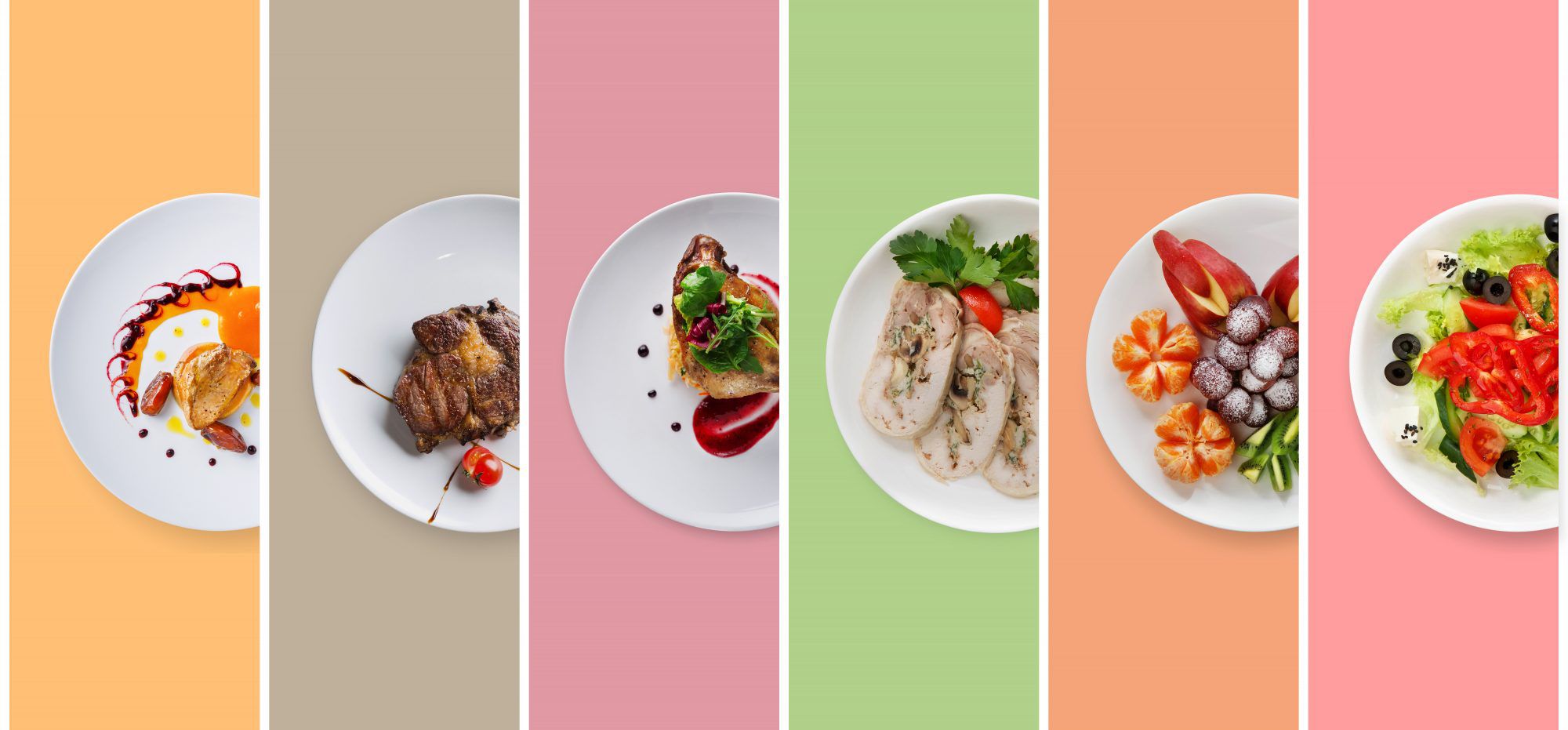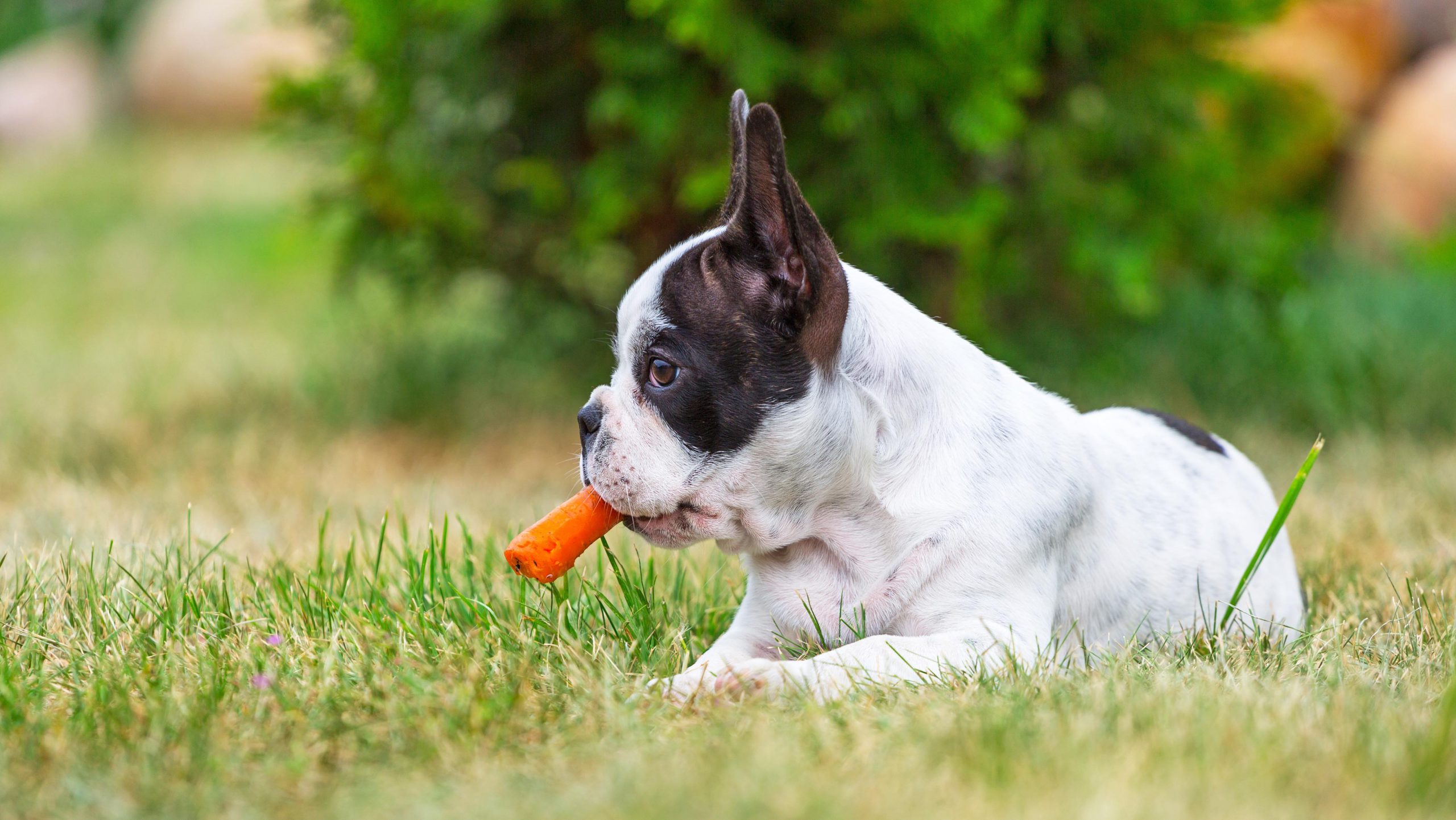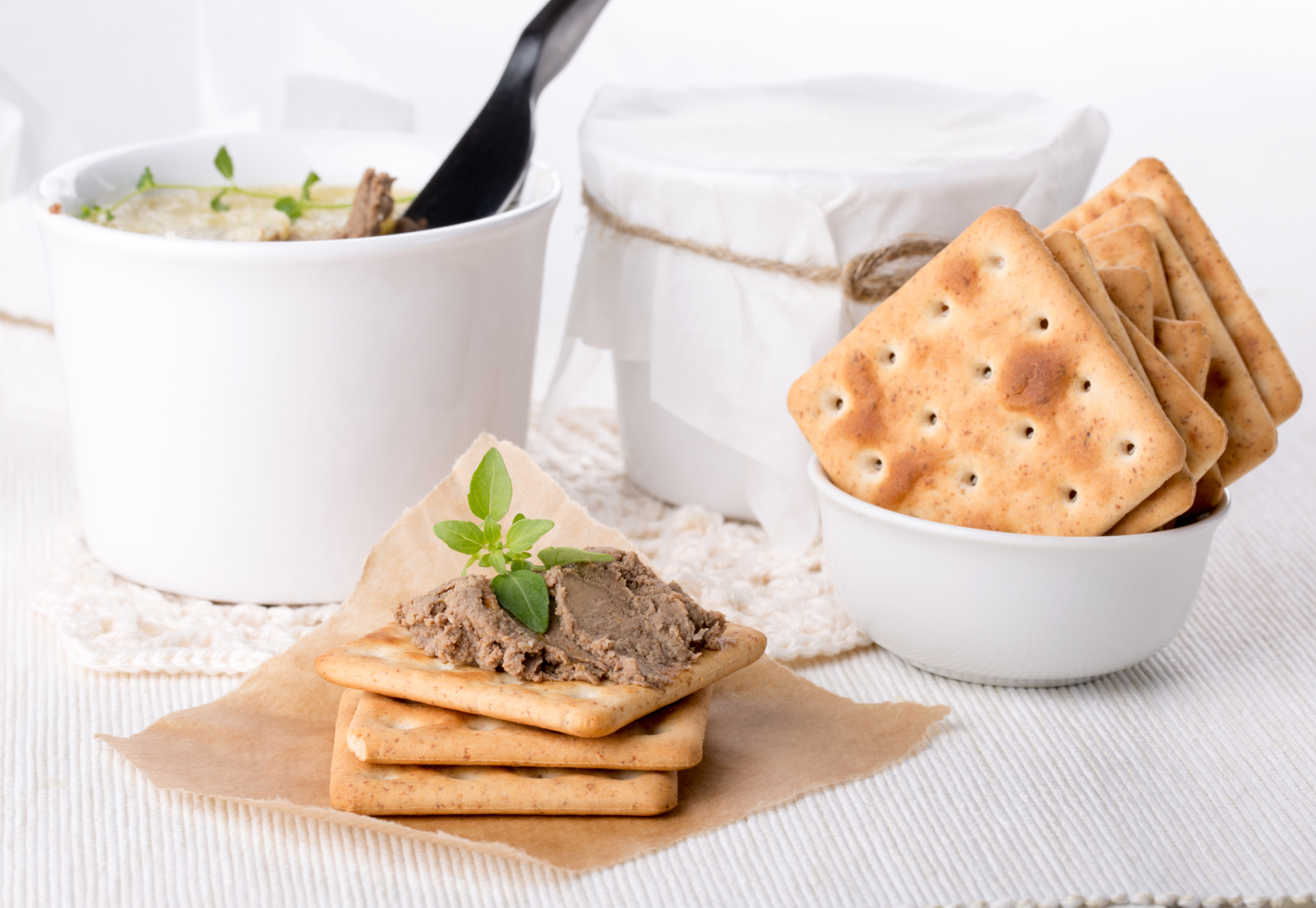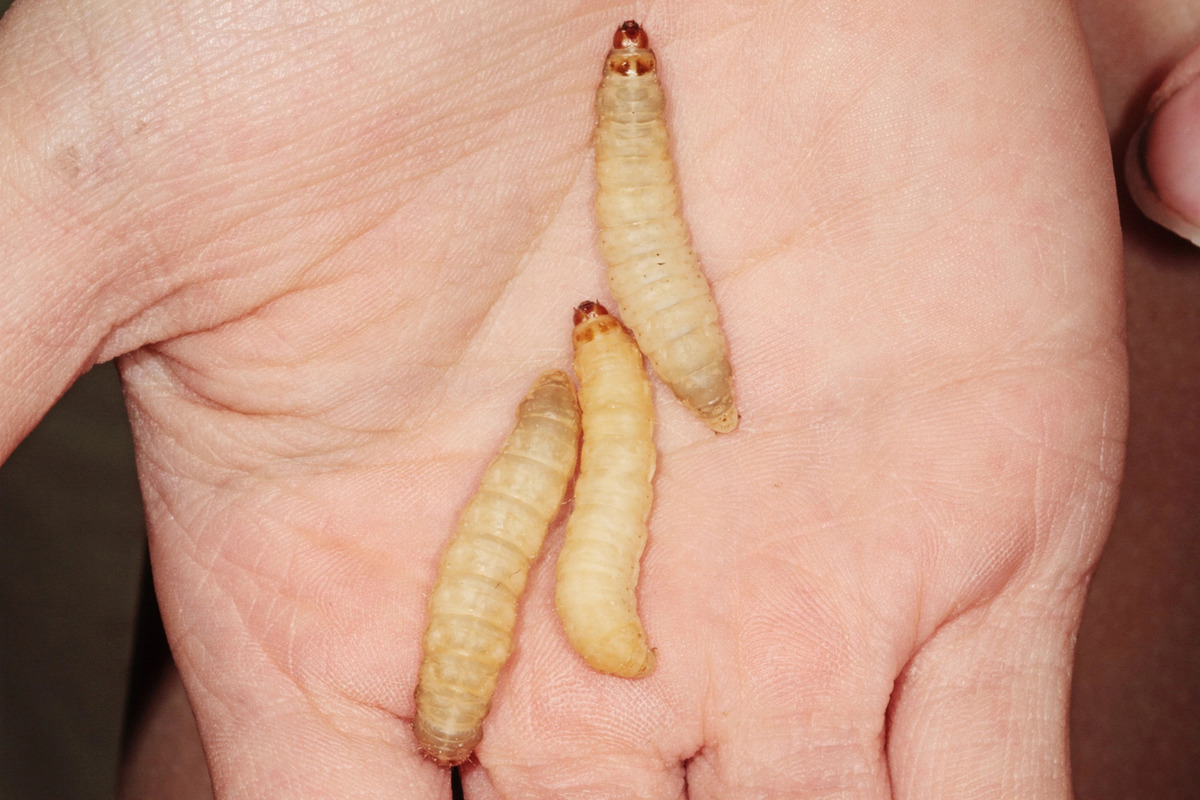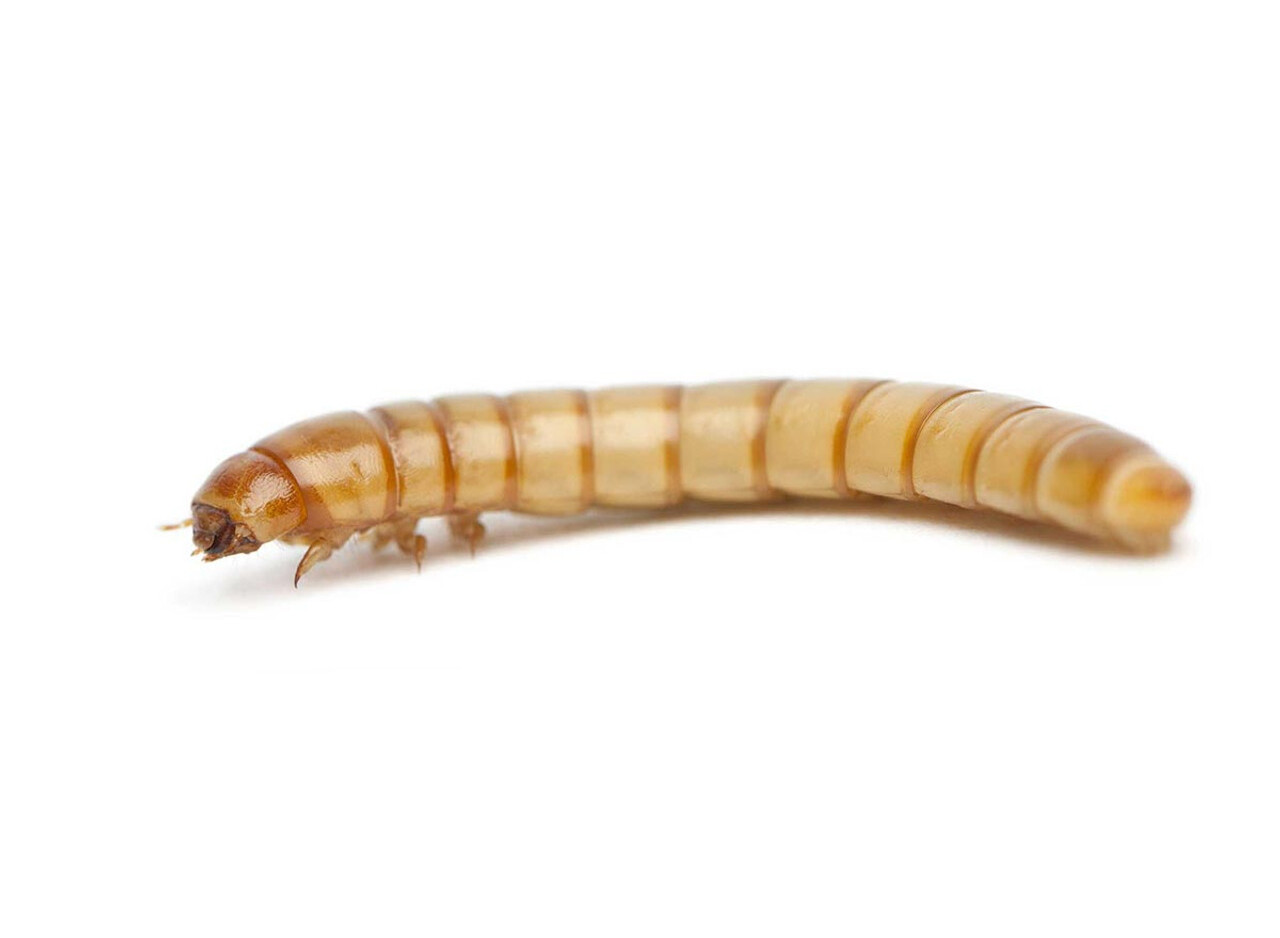Home>Gardening News and Trends>Latest News>What Vegetables Can Red Eared Sliders Eat
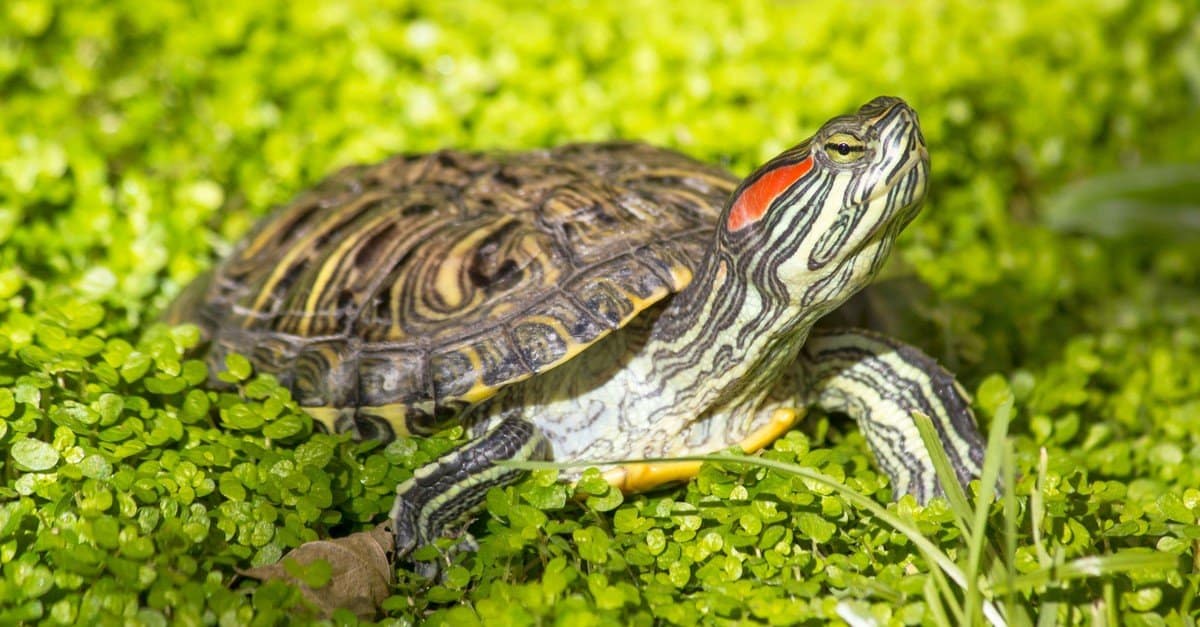

Latest News
What Vegetables Can Red Eared Sliders Eat
Modified: January 22, 2024
Discover the latest news on what vegetables red-eared sliders can eat. Learn about the best options to ensure a nutritious diet for your beloved turtles.
(Many of the links in this article redirect to a specific reviewed product. Your purchase of these products through affiliate links helps to generate commission for Chicagolandgardening.com, at no extra cost. Learn more)
Table of Contents
Introduction
When it comes to providing a balanced and nutritious diet for your red-eared slider, including a variety of vegetables is essential. Vegetables are not only a great source of vitamins and minerals but also help to promote healthy digestion and prevent common health issues in these aquatic turtles.
Red-eared sliders are omnivorous creatures that rely on a mix of animal and plant matter to meet their nutritional needs. While their diet typically consists of a combination of commercial turtle pellets, insects, and protein-rich foods, vegetables play a crucial role in providing essential nutrients and adding dietary variety.
Feeding your red-eared slider a diverse range of vegetables is not only important for their physical health but can also contribute to their overall well-being. However, it’s important to know which vegetables are safe and beneficial for your turtle, as well as which ones should be avoided.
In this article, we will explore the different types of vegetables that red-eared sliders can eat, as well as provide some feeding tips to ensure their nutritional needs are met. Keep in mind that each turtle is unique, and preferences may vary. It’s always a good idea to monitor your turtle’s response to different foods and consult a veterinarian if you have any concerns.
Leafy Green Vegetables
Leafy green vegetables are an excellent choice for adding essential vitamins and minerals to your red-eared slider’s diet. These vegetables are low in calories and high in fiber, making them a healthy addition to their meals. Here are some leafy greens that you can offer to your turtle:
- Kale: Rich in vitamins A, C, and K, kale provides a range of health benefits for your red-eared slider. It also contains calcium, which is essential for their shell and bone health.
- Spinach: Another nutrient-dense option, spinach is packed with vitamins A and C, as well as iron and calcium. It’s important to note that while spinach is a great occasional treat, it should not be the primary leafy green in your turtle’s diet. High oxalate content can inhibit calcium absorption in large quantities.
- Romaine Lettuce: This crisp and refreshing lettuce is a good source of vitamins and minerals, including vitamin A, vitamin K, and folate. It’s a favorite among many red-eared sliders.
- Collard Greens: Collard greens are rich in vitamins A, C, and K, as well as calcium and fiber. They can be a great addition to your turtle’s diet and provide variety in texture and taste.
- Dandelion Greens: Not just a pesky weed, dandelion greens are highly nutritious for red-eared sliders. They contain vitamins A, C, and K, as well as calcium and antioxidants.
Remember to thoroughly wash all leafy greens before offering them to your turtle to remove any pesticides or dirt. It’s best to provide a variety of leafy greens to ensure a well-rounded diet for your red-eared slider.
Aquatic Plants
Aquatic plants are not only a nutritious addition to your red-eared slider’s diet but also provide a natural source of enrichment and mimic their natural habitat. These plants offer various benefits, including additional nutrients, stimulation, and opportunities for foraging. Here are some aquatic plants that you can include in your turtle’s diet:
- Anacharis: Also known as waterweed, anacharis is a popular choice among turtle owners. It is rich in fiber, which aids in digestion, and provides a good source of essential vitamins and minerals.
- Duckweed: Duckweed is a small aquatic plant that floats on the water’s surface. It is high in protein and can be a great supplementary food for your turtle.
- Water lettuce: Water lettuce is a floating plant that provides shade and shelter for your red-eared slider. It also has a high water content, making it hydrating for your turtle.
- Frogbit: Frogbit is a floating plant that creates a natural and engaging environment for your red-eared slider. It’s rich in fiber and contains essential nutrients that promote overall health.
- Water hyacinth: Water hyacinth is an attractive floating plant that not only serves as food but also helps to improve water quality by absorbing excess nutrients. It’s a great addition to your turtle’s diet and habitat.
When introducing aquatic plants, ensure that they are clean and free from any chemicals or contaminants that could harm your turtle. You can also consider using a separate tank or container to grow these plants, allowing your red-eared slider to forage and graze on them freely.
Remember to monitor the condition of the plants and remove any decaying or rotten parts promptly. Providing a variety of aquatic plants will help to keep your turtle’s diet interesting and nutritionally balanced.
Root Vegetables
Root vegetables are a great addition to your red-eared slider’s diet as they offer a different texture and taste compared to leafy greens. These vegetables are packed with essential nutrients, vitamins, and minerals that contribute to a balanced and healthy diet for your turtle. Here are some root vegetables that you can include in their meals:
- Carrots: Carrots are a favorite among red-eared sliders due to their crunchy texture and natural sweetness. They are an excellent source of vitamin A, which supports eye health, as well as other important nutrients like fiber and potassium.
- Sweet Potatoes: Sweet potatoes are rich in antioxidants, vitamin C, and dietary fiber. They provide a good balance of carbohydrates and other essential nutrients for your turtle’s well-being.
- Beets: Beets are nutrient-dense root vegetables that contain vitamins A, C, and K, as well as minerals like potassium and manganese. They can be offered in small quantities as a part of a varied diet.
- Turnips: Turnips are low in calories and high in essential nutrients such as vitamin C, fiber, and potassium. They can be grated or sliced to add variety to your red-eared slider’s meals.
- Radishes: Radishes are another root vegetable option that offers a crunchy texture and a peppery flavor. They are a source of vitamin C, folate, and fiber, making them a healthy addition to your turtle’s diet.
Remember to wash and peel the root vegetables before offering them to your red-eared slider. It’s important to serve them in small, bite-sized pieces to prevent choking and improve digestibility. Including root vegetables in your turtle’s diet will provide added variety and contribute to their overall nutritional intake.
Other Vegetables to Consider
In addition to leafy greens, aquatic plants, and root vegetables, there are several other vegetables that you can consider adding to your red-eared slider’s diet. These vegetables provide variety in taste, texture, and nutrients, contributing to a well-rounded and nutritious meal plan for your turtle. Here are some other vegetables to consider:
- Zucchini: Zucchini is a high-water-content vegetable that is low in calories. It is rich in vitamins A and C and provides a good source of hydration for your red-eared slider.
- Cucumbers: Cucumbers are another water-rich vegetable that can provide hydration and essential nutrients for your turtle. They are low in calories and a great addition to their diet.
- Bell Peppers: Bell peppers come in various colors and are packed with vitamins A and C. They can be sliced or diced and added to your red-eared slider’s meals for added flavor and nutritional benefits.
- Squash: Squash varieties such as butternut squash or acorn squash can provide a good source of vitamins and minerals for your turtle. They can be cooked and mashed or grated for easier consumption.
- Green Beans: Green beans are a good source of fiber, vitamins, and minerals. They can be blanched or steamed to make them more digestible for your red-eared slider.
It’s important to introduce new vegetables gradually and observe how your turtle responds to them. Some red-eared sliders may have specific preferences or sensitivities to certain vegetables, so it’s important to monitor their appetite and overall health when introducing new foods. Additionally, offering a variety of vegetables ensures that your turtle gets a wide range of nutrients for optimal health.
Vegetables to Avoid
While there is a wide range of vegetables that you can include in your red-eared slider’s diet, there are some vegetables that should be avoided due to potential health risks or lack of nutritional value. It’s important to be aware of these vegetables to ensure the well-being of your turtle. Here are some vegetables to avoid feeding your red-eared slider:
- Iceberg Lettuce: Iceberg lettuce lacks the nutritional value and fiber that other leafy greens provide. It is also high in water content, which can lead to loose stools and poor digestion in turtles.
- Cabbage: Cabbage contains compounds that can inhibit thyroid function in turtles when fed in excess. It’s recommended to avoid feeding cabbage to your red-eared slider to prevent any thyroid-related health issues.
- Onions and Garlic: Onions and garlic contain compounds that can be toxic to red-eared sliders and may cause digestive issues. It’s best to avoid these vegetables entirely.
- Avocado: Avocado contains a toxin called persin, which can be harmful to turtles and other reptiles. It’s important to avoid feeding avocado to your red-eared slider to prevent potential health problems.
- Tomatoes: While tomatoes themselves are not toxic to red-eared sliders, the high acidity and seeds can cause digestive problems. It’s best to avoid feeding tomatoes to your turtle.
It’s crucial to remember that the portion size and frequency of vegetables should be balanced alongside a varied diet that includes commercial turtle pellets and protein-rich foods. Consult with a veterinarian or reptile specialist for specific dietary guidelines and to address any concerns regarding your red-eared slider’s diet.
Feeding Tips for Red Eared Sliders
Feeding your red-eared slider a nutritious and balanced diet is essential for their overall health and well-being. Here are some helpful tips to ensure that you are providing the best possible diet for your turtle:
- Variety is key: Offer a diverse range of vegetables, including leafy greens, aquatic plants, root vegetables, and other vegetables. This ensures that your red-eared slider receives a wide array of nutrients for optimal health.
- Rotate vegetables: Change up the vegetables you offer to your turtle on a regular basis to provide variety and prevent boredom. This also helps to prevent overreliance on specific vegetables and ensures a balanced diet.
- Feed in appropriate portions: Red-eared sliders have different dietary needs at various stages of their life. Adjust their portion sizes accordingly to prevent overfeeding or underfeeding.
- Watch for signs of allergies or sensitivities: Monitor your red-eared slider for any signs of allergic reactions or digestive issues when introducing new vegetables. If you notice any adverse reactions, remove that particular vegetable from their diet.
- Supplement with commercial pellets: While vegetables play an important role in your turtle’s diet, it’s also essential to provide them with high-quality commercial turtle pellets. These pellets are specifically formulated to meet their nutritional needs and provide essential vitamins and minerals.
- Ensure proper calcium intake: Red-eared sliders require adequate calcium to maintain healthy shells and bones. Consider dusting their vegetables with a calcium supplement or providing a cuttlebone for them to nibble on.
- Maintain clean water: Proper hydration is crucial for your red-eared slider. Ensure their water is clean and easily accessible to prevent dehydration.
- Consult a veterinarian: If you have any doubts or concerns about your red-eared slider’s diet, it’s always a good idea to consult with a veterinarian who specializes in reptiles. They can provide personalized advice and address specific dietary needs.
Remember, providing a balanced and nutritious diet is just one aspect of caring for your red-eared slider. Along with proper nutrition, ensure that you maintain a suitable habitat, regular veterinary check-ups, and offer plenty of opportunities for exercise and mental stimulation to support their overall health and well-being.
Conclusion
Feeding a balanced and nutritious diet to your red-eared slider is essential for their overall health and well-being. Vegetables play a vital role in providing the essential vitamins, minerals, and fiber that these aquatic turtles need to thrive. From leafy greens to aquatic plants and root vegetables, offering a variety of vegetables ensures a well-rounded and nutritionally balanced diet for your turtle.
Leafy green vegetables such as kale, spinach, and romaine lettuce provide an abundance of vitamins and minerals. Aquatic plants like anacharis and duckweed offer not only nutrition but also enrichment and foraging opportunities. Root vegetables such as carrots and sweet potatoes contribute to a diverse menu, and other vegetables like zucchini and bell peppers provide added variety and hydration.
However, it’s important to be aware of vegetables that should be avoided, such as iceberg lettuce, cabbage, onions, and garlic. These vegetables can either lack nutritional value or pose potential health risks to your red-eared slider.
When feeding your red-eared slider vegetables, remember to offer a variety, rotate their options, and monitor their appetite and response. It’s crucial to provide a well-rounded diet that includes commercial turtle pellets, protein-rich foods, and a balanced selection of vegetables.
Consulting with a veterinarian or reptile specialist can provide further guidance on specific dietary needs, portion sizes, and any concerns related to your red-eared slider’s nutrition.
By following these feeding tips and providing a varied and nutritious diet, you can ensure the health and happiness of your red-eared slider for years to come.
